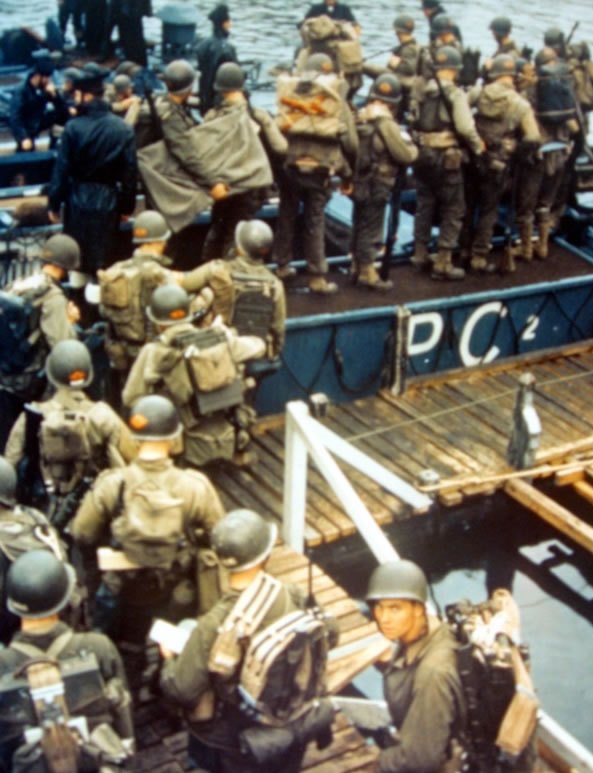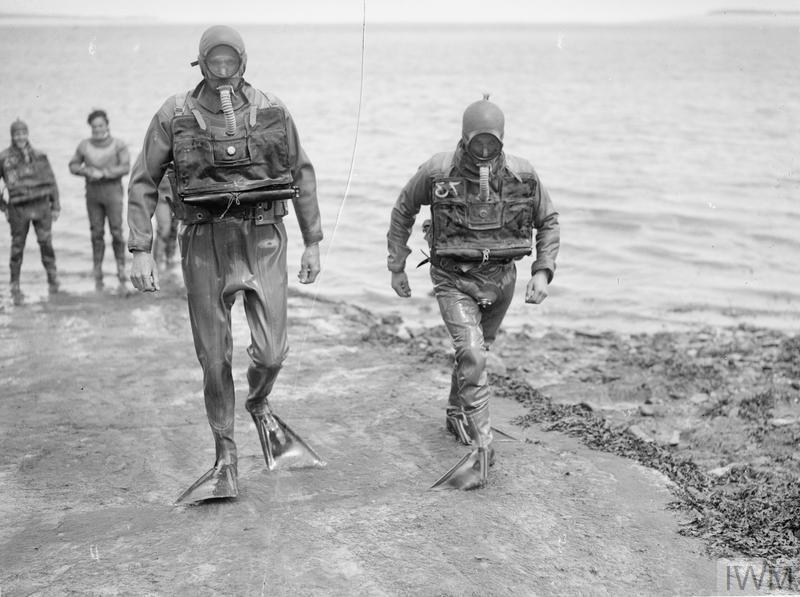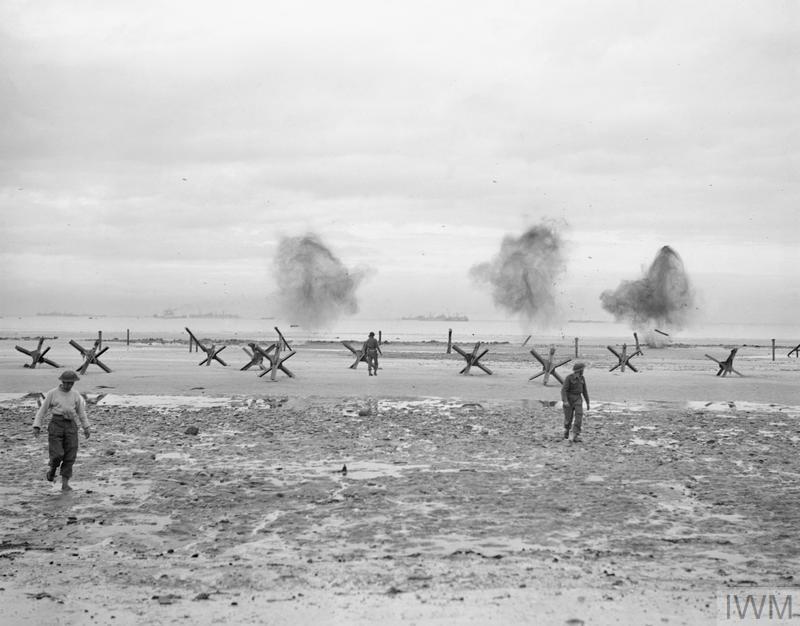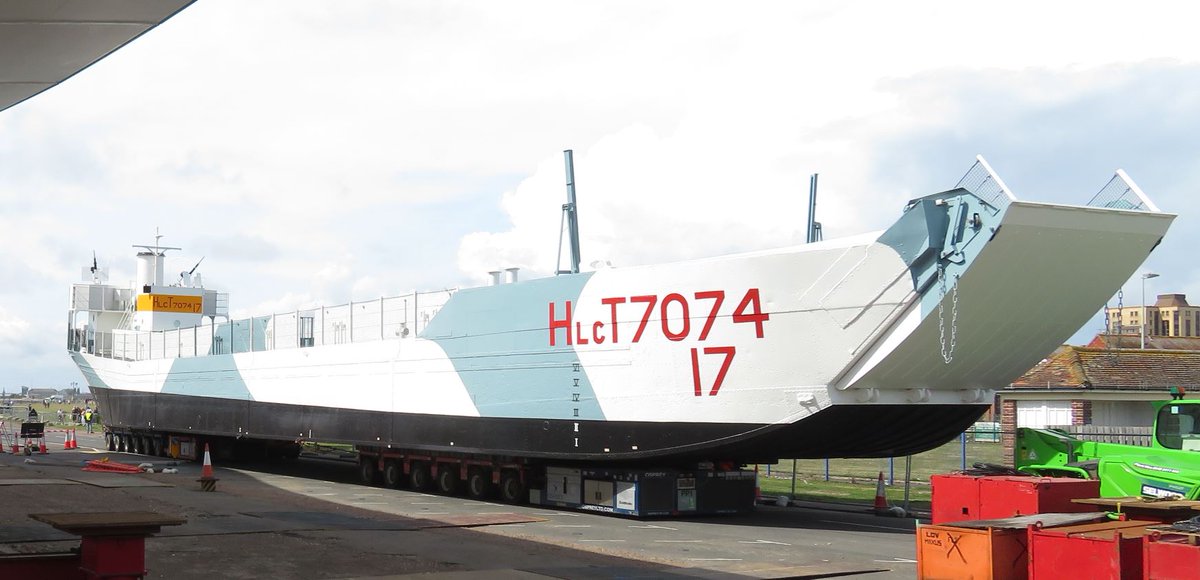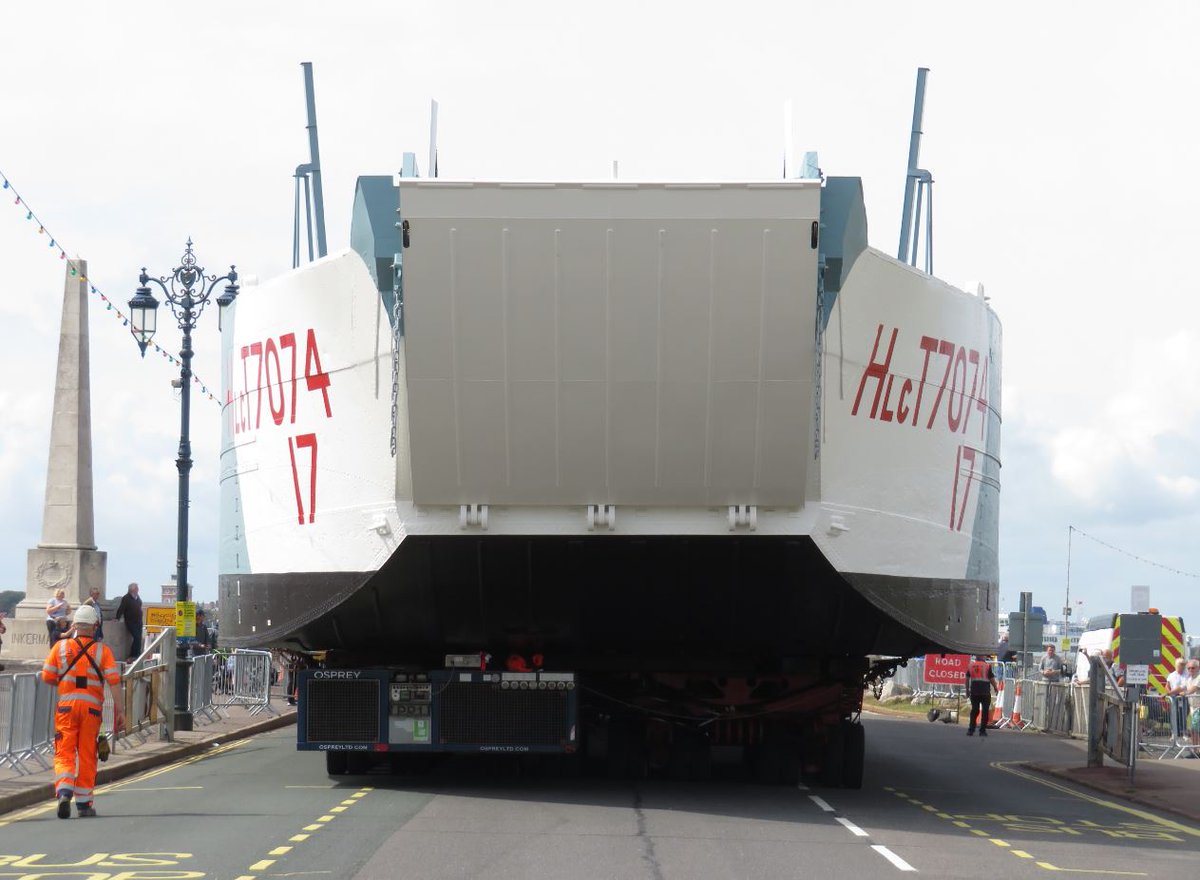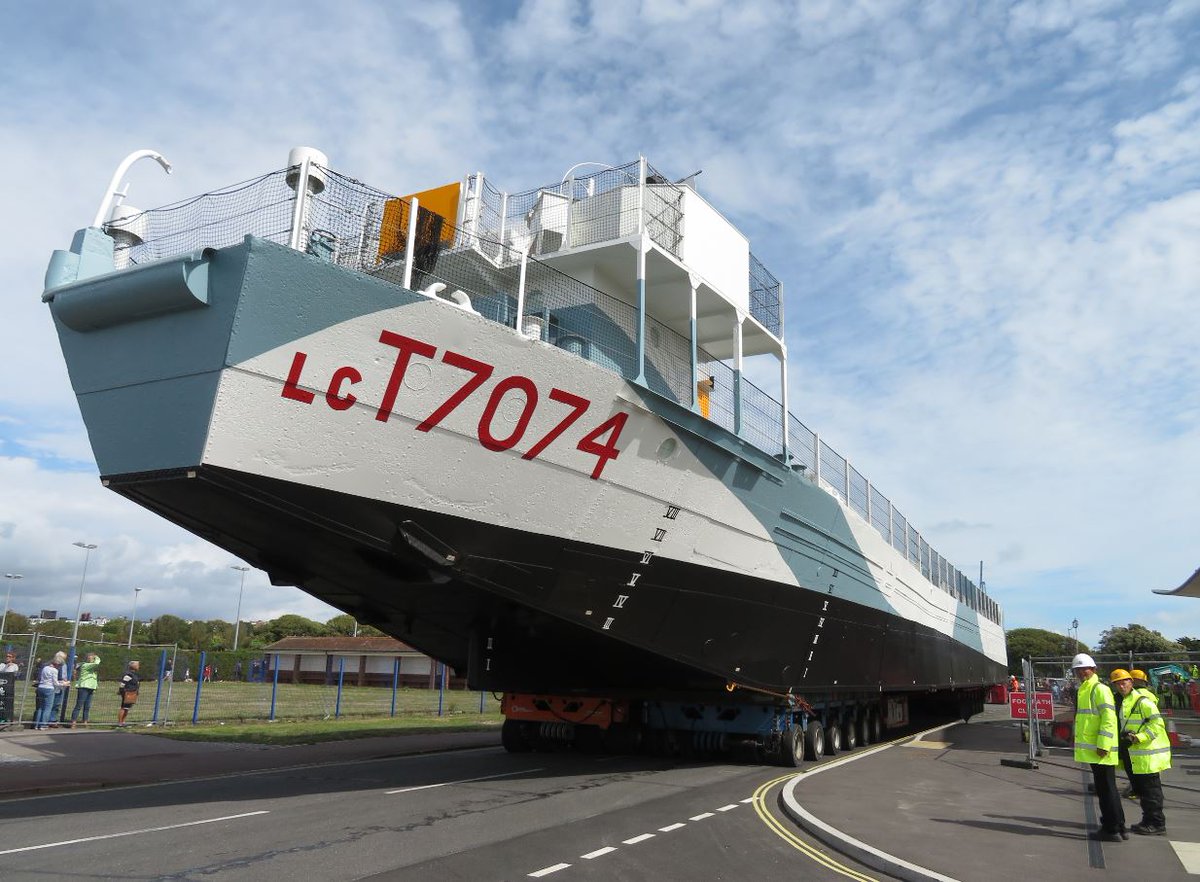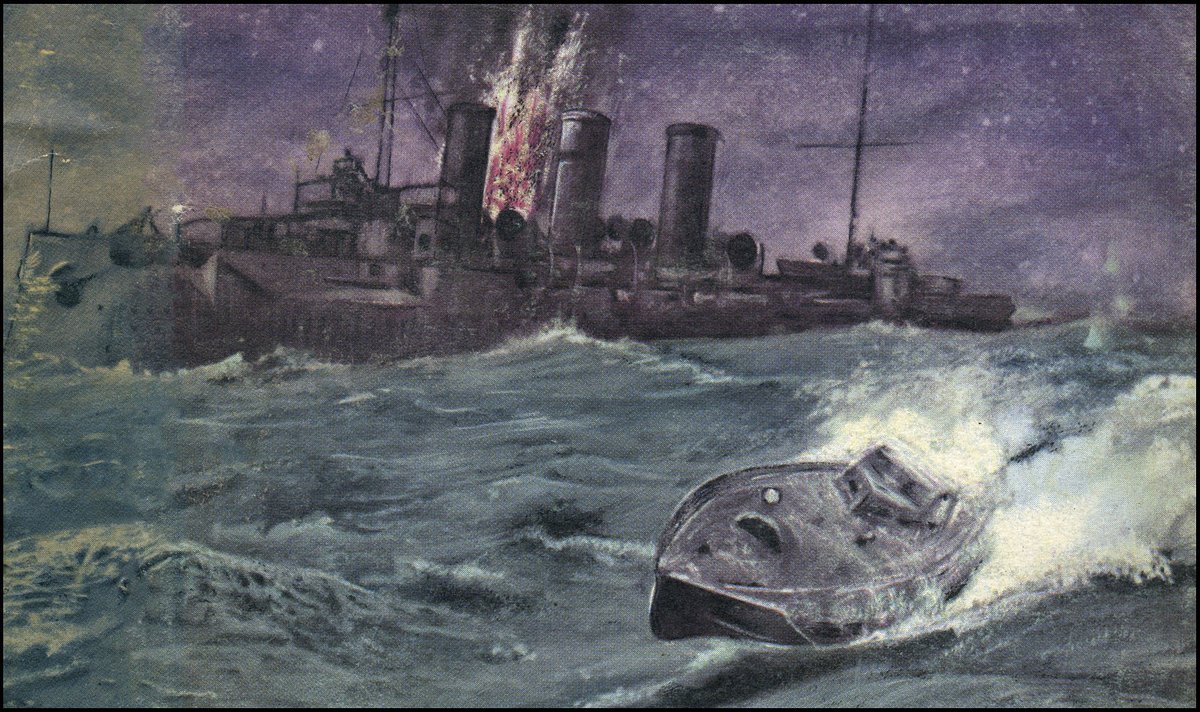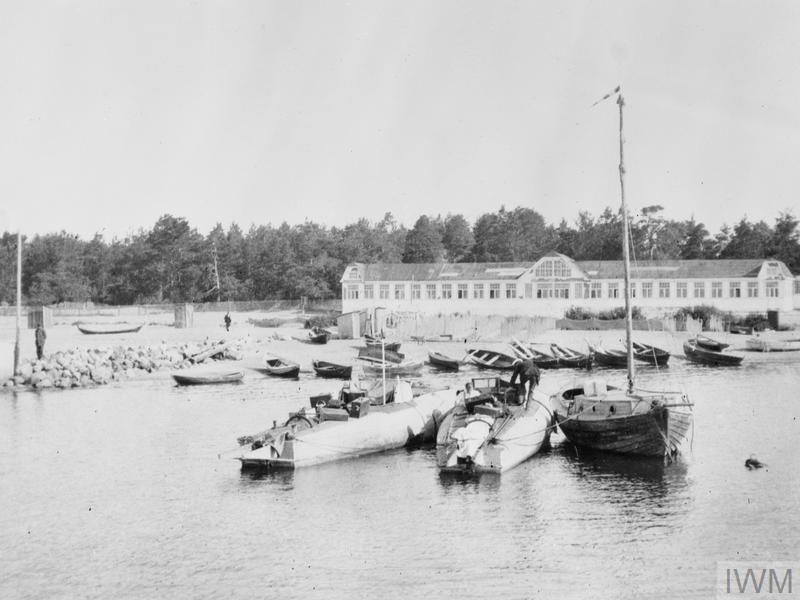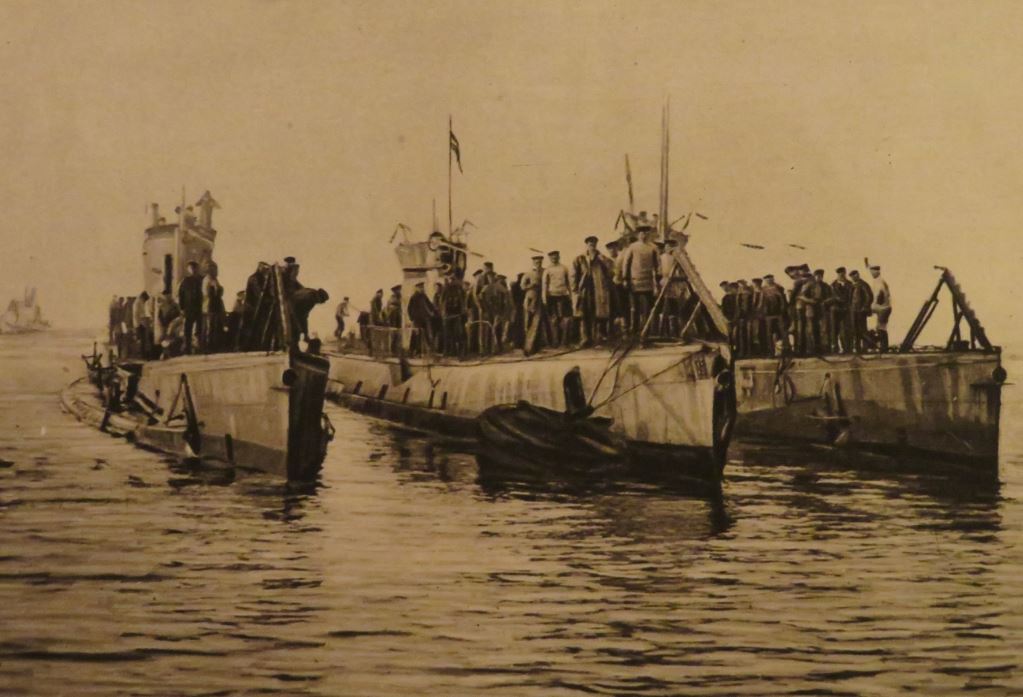
The holidays give me time to add a little more to the Pont du Hoc threads from earlier this year. Having covered the embarkation and what was meant to happen, it seems only right to look at what eventually transpired. 📷Normandy Tourism / S. Guichard 

For info, the embarkation is covered here and includes the details of who embarked on what Landing Craft Assault (LCA) of the Royal Navy.
https://twitter.com/SeaSpitfires/status/1317396100781907968
What should have happened is covered here. It’s worth familiarising yourself with this so you can see the differences in how it unfolded. I’ll use video from IWM ADM 206 again in this thread, but do bear in mind it’s not the real thing.
https://twitter.com/SeaSpitfires/status/1332998565011001346
The intended landing places of the first assault wave (D & E companies, 2nd Ranger Battalion, embarked on LCAs of 522 LCA Flotilla, and F & HQ companies, 2nd Ranger carried by 520 Flotilla) were on both sides of the point. 

The plan actually had to change only 2 days after the troops had embarked. Whilst waiting off Weymouth, the commander of Force A, leading the assault, had to be relieved. Colonel Rudder, CO of 2nd Rangers, would lead the assault himself. 

The LSIs arrived at the Transport Area to schedule and began loading the Rangers into the LCAs. Bear in mind this was done in the dark, not on a bright sunny day for the cameras.
First to leave where the 12 LCTs of 520 and 522 Flotillas bound for Pointe du Hoc. They were led by ML 304, a Fairmile B fitted with a large radar antenna for navigation duties. 📷Sorry, I really don't know. Cracking shot though. 

Very quickly the plan started to unravel. A faulty power supply the radars fitted in the Fairmile to fail. As the small fleet approached the coast the effects of the bombardment made identification of Pointe du Hoc difficult. Even without smoke, can you spot the pointe? 📷Google. 

The LCAs were also having problems. In rough swell and overloaded, both LCAs 914 and 860 foundered. Fortunately rescue craft were quickly on the scene and casualties were minimal. Already the assault force was one platoon of men and a boat load of supplies down.
As they approached the shore, with faulty radar, barely able to see the coast & carried east by the tide, Lt Beevor on ML 304 did not realise that he was in the wrong place. Instead of heading towards Pointe du Hoc (red) they were heading for Pointe de la Percée (blue). 📷Google. 

At 4,000 yards, LCT 413, which had been following the LCAs, stopped and began launching her specially adapted DUKW 'Swans' into the water.
As the force closed to within 1000 yards of what they thought was Point du Hoc, it became clear that they were in the wrong place. To Beevor, the view of Pointe de la Percée looked the same as his ID photos, but there was a distinct absence of concrete at the top of the cliffs. 

In the 1946 US Historical Division report "Small Unit Actions" this realisation is credited to Rudder, and this has been repeated ever since. However, I have some doubts. 

For a start, Rudder had no easy way to intervene: communication was by flag, lamp or loud hailer. LCA 888 may have carried portable wireless, but the chances of easily communicating across different channels with the ML are slim. 

Additionally, Rudder's view will have been much poorer than Beevor's. Beevor certainly doesn't mention an intervention from 888 (admittedly a sense of pride may have meant he omitted it). I'd be interested to know if Rudder's account mentions anything. Anyone know?
Anyway, the net result was that the assault force was in the wrong place. Hurriedly a new course was set and the LCAs steered west under the cliffs. 📷Google. 

There was no time to redeploy according to the intended assault plan, and so all of the LCA arrived on the east side of the pointe. First picture is the planned landings again (for reference), second is the actual landing positions. 📷Google (my annotations). 



As per the plan, the LCAs fired their rocket propelled grappling hooks as they came in, but the long sea journey meant that the ropes were wet and heavy. Barely any reached the top of the cliffs as they were meant to.
LCA 888, with Rudder aboard, was reputedly the first to hit the beach at 0710. This will have been by mere seconds though, before 861 followed and the others seconds later. 883 was the last to arrive. The photo is training remember! 

Now the Rangers began their assault, racing up the cliffs and overpowering the defenders. You can read about this easily online, so I won't go into it. Or just watch this to get an idea of what they faced (it's actually filmed at Pointe du Hoc).
Behind the LCAs the DUKWs now came into the shore. One was hit by 20mm fire, killing and wounding several of the crew.
But there was a problem. The earlier bombardment of the battery had brought sections of the cliff down and cratered the beach itself. As the tide came in the beach narrowed and there was nowhere for the DUKWs to come ashore.
https://twitter.com/BattlefieldBen/status/1182583201857970176
The three DUKWs were forced to stop at the water's edge. Instead of elegantly raising their ladders from a stable beach, they were stuck in the volatile surf. Only one attempted to raise its ladder...
Sergeant Stiverson was left swinging around at the top of his ladder as waves buffeted the DUKW, firing sporadically whenever he was pointing in vaguely the right direction. Eventually he attracted too much enemy fire and when his own had ceased to be of use he came down.
Meanwhile, ML 304 was providing support fire from its 3 pounder and Oerlikon. When the Rangers reached the top of the cliff they ceased fire and waited for the LCAs to reassemble. As they steered north, 304 covered them from behind until they were out of range of of the coast.
HMS Talybont and USS Saterlee, the two close escort destroyers, also closed into the shore to pound the enemy positions as the Rangers ascended. Talybont had earlier watched the LCAs' voyage west under the cliffs, something they considered quite suicidal. 📷IWM FL 9888 

But the delay had more serious consequences. In the Transport Area, the Royal Navy and Rangers waited for some sort of signal from the shore. Beevor had signalled Crowbar at 0710, but Bingo, the signal of success never arrived. 



As a result, the 5th Ranger Battalion, originally meant to support the landings at Pointe du Hoc, were sent instead to Omaha Beach. This left the Rangers at the Pointe isolated for some considerable time.
But 5th Rangers' arrival at Omaha did at least afford General Norman Cota the chance to make make his now famous statement 'Rangers Lead the Way' (probably not quite what he said). But the torrid time on the beach wasn't the army's alone. The LCAs suffered heavily as well.
In fact, their losses would have been much much greater had it not been for the large LSIs closing to within 2 miles of the shore (instead of the 8 miles to the Transport Area anchorage) to re-embark their charges. They don't show that in Saving Private Ryan... 

34 LCA had been assigned to the Rangers. I still haven't worked out exactly how many survived the initial assault, but records show that by July, 4 from 501 Flotilla, 1 from 504, 2 from 519, 1 from 520 and 2 from 522 Flotilla had been lost, a total of 10, or nearly one third.
Names like Rudder, Stiverson, Schneider and others amongst the Rangers are fairly familiar. These names and more equally deserve to be known. 



• • •
Missing some Tweet in this thread? You can try to
force a refresh






